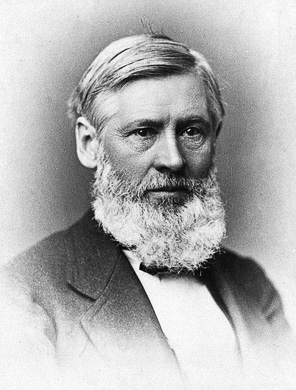BOTANY FOR YOUNG PEOPLE AND COMMON SCHOOLS
How Plants Grow
A Simple Introduction to Structural Botany
by Asa Gray
Originally published in 1858 and now in the public domain.
CHAPTER II.
HOW PLANTS ARE PROPAGATED OR MULTIPLIED IN NUMBERS.
Section II. -- How Propagated by Seeds.
163. PROPAGATION from buds is really only the division, as it grows, of one plant into two or more, or the separation of shoots from a stock. Propagation from seed is the only true reproduction. In the seed an entirely new individual is formed.
So the Seed, and the Fruit, in which the seed is produced, and the Flower, which gives rise to the· fruit, are the Organs of Reproduction (2).
164. Every species at some period or other produces seeds, or something which answers to seeds. Upon this distinction, namely, whether they bear true flowers producing genuine seeds, or produce something merely answering to flowers and seeds, is founded the grand division of all plants into two series or grades, that is, into
PHAENOGAMOUS or FLOWERING PLANTS, and
CRYPTOGAMOUS or FLOWERLESS PLANTS.
165. Cryptogamous Flowerless Plants do not bear real flowers, having stamens and pistils, nor produce real seeds, or bodies having an embryo ready formed in them. But they produce minute and very simple bodies which answer the purpose of seeds. To distinguish them from true seeds, they are called Spores.
Ferns, Mosses, Lichens, and Seaweeds, are all flowerless plants, reproduced by spores.
166. Phaenogamous or Flowering Plants are those which do bear flowers and seeds, the seed essentially consisting of an embryo or germ, ready formed within its coats, which has only to grow and unfold itself to become a plant, as has been fully explained in the first and second sections of Chapter I.
167. Flowerless plants have their organs too minute to be examined without much magnifying, and are too difficult for young beginners. The ordinary or Flowering class of plants will afford them abundant occupation. We are to study first the flower, then the Fruit and Seed.

